The right hand holds the musical cluster to the rhythm of the steps, the left hand holds the fan and bends around; sometimes the hand is brought down to the side of the hip, the foot bounces to the rhythm of the Tinh lute... Those are the basic movements of Chau Then dance. Over time, the Chau Then dance art of the Tay and Nung people in Lang Son has been divided into two forms: Religious dance and artistic dance.
Then dance of religion
In the Chau Then religious dance, the Then lords (also known as Then masters) mainly perform dance movements to the accompaniment of music, while the accompaniment and singing of the songs are performed by one or a group of shamans. The lyrics in the Then performances are rustic, simple, educational and humane, easy to touch people's hearts, and carry the inherent spirit of the Tay and Nung people.
Dr. Hoang Van Pao, Chairman of the Cultural Heritage Association of Lang Son province, said: From a spiritual perspective, Chau Then dance is a dance performed by Then officials on their journey to heaven to report to the Jade Emperor about a certain request with the hope of a peaceful and good life on earth. Through Chau dance, Then masters as well as dancers express their aspirations and wishes for blessings, fortune, peace, health for everyone, and for good and bountiful crops.
Due to space limitations, Chau Then religious dances often take place in a narrow area such as in front of the altar, on the floor, without long and wide dance movements, high jumps, etc. Therefore, the artists have created movements right on the floor. In the kneeling position, the upper body and arms are fully exploited with many techniques, such as: bending forward, bending the back close to the ground or spinning around, etc., bringing a vibrant atmosphere to the climax of the ceremony.
According to the experience of our predecessors, participating in Chau Then dance must be women who are virtuous, have enough talent, beauty, speech, and virtue; regardless of age or class, anyone who knows how to dance, likes to dance, knows the song, and is a pair can join the team. With the value of community bonding, the form of Chau Then religious dance has gradually been modified, renewed, and brought closer to the daily life of the people; from there, Chau Then cultural dance was born.
Unlike religious dances that can be performed by a Then master alone, Chau Then dances are mainly performed in groups of four or more people (even number of people) and in a circle, intertwined, etc., combined with shapes, so they always bring an interesting feeling to the audience. The dance movements are rhythmic and graceful, showing the gentleness but no less strong of Tay and Nung ethnic women. “Hand and foot movements to the beat simulate familiar farming activities, easy to approach for beginners. Chau Then impromptu dances in festivals also have the ability to attract people to participate, regardless of ethnicity, gender, age, as long as they know how to dance and have enough pairs to be able to “join the group”, shared People's Artist Ha Mai Ven, Head of the Diep sli then (folk song lover) Club of Lang Son.
The art of Chau Then dance of the Tay and Nung people is a harmonious combination of elements: space, time, interaction between the participants of the ritual with the close coordination of other artistic elements such as music , dance, fine arts... The uniqueness of Chau Then dance is also expressed through many different styles, but there are three main dances that are most popular and used by the people: Chau Tuong dance, Sluong dance and Tan Hoa dance.
To keep traditional art from fading away
Coming to Chau Then dance classes like those of People's Artist Ha Mai Ven, children are trained and guided in each basic and most typical movement in a dance performance. With accompanying props and musical instruments such as đàn tính, hát xoc nhạc, etc., learning about Chau Then dance is an opportunity for children to approach and learn more about the rich and quintessential daily life and labor of the ancient Tay and Nung ethnic groups; to feel, love and be more proud of the unique cultural treasure, imbued with the identity of their people.
Hoang Thi Thao, from the Diep sli then club in Lang Son, said: “Since we were young, we have watched our grandmothers and mothers dance Chau then. It was very difficult to learn at first, but once I got used to the movements and understood the structure of the song, I found it no longer difficult. I am determined to learn Chau then dance to perform my acts at many competitions and art performances in and outside the province, bringing Chau then dance closer to friends at home and abroad.”
With the passion, perseverance in pursuing and preserving the cultural values and traditional heritage of People's Artist Ha Mai Ven or Doctor Lo Van Pao and many young people in Lang Son, the sweet Then sound and the smooth and graceful Chau dance will forever resonate like the original sound, enriching and beautifying the traditional cultural treasure of the nation.
Source: https://nhandan.vn/nghe-thuat-mua-chau-then-xu-lang-post898093.html


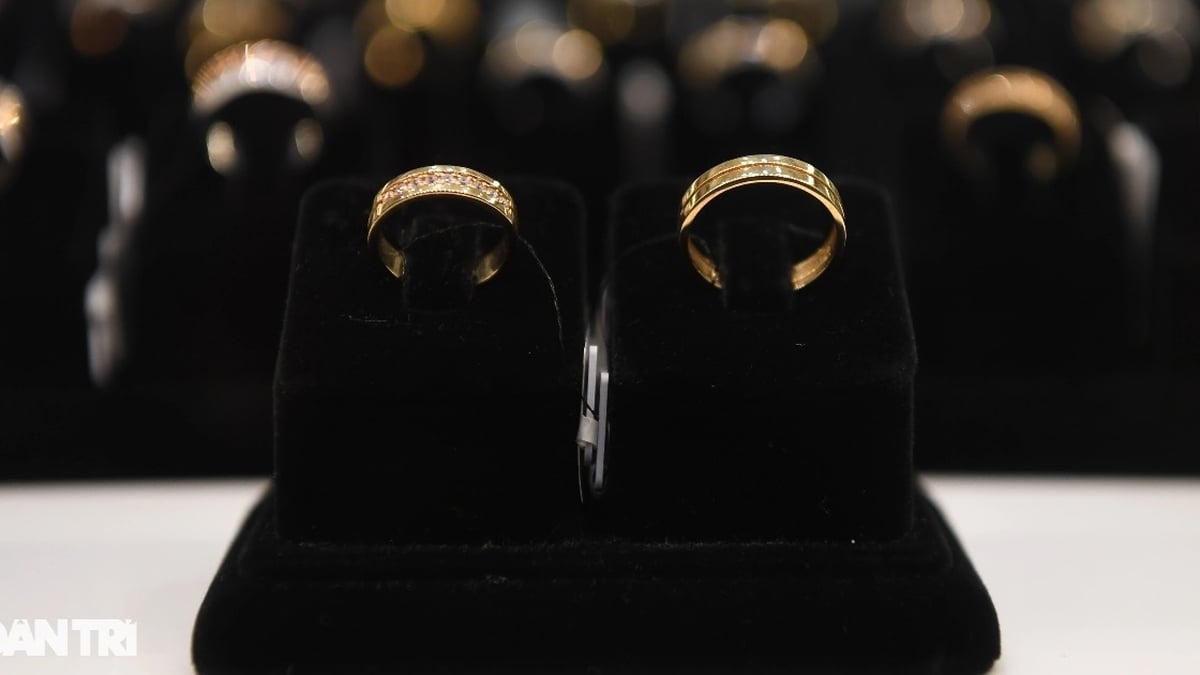
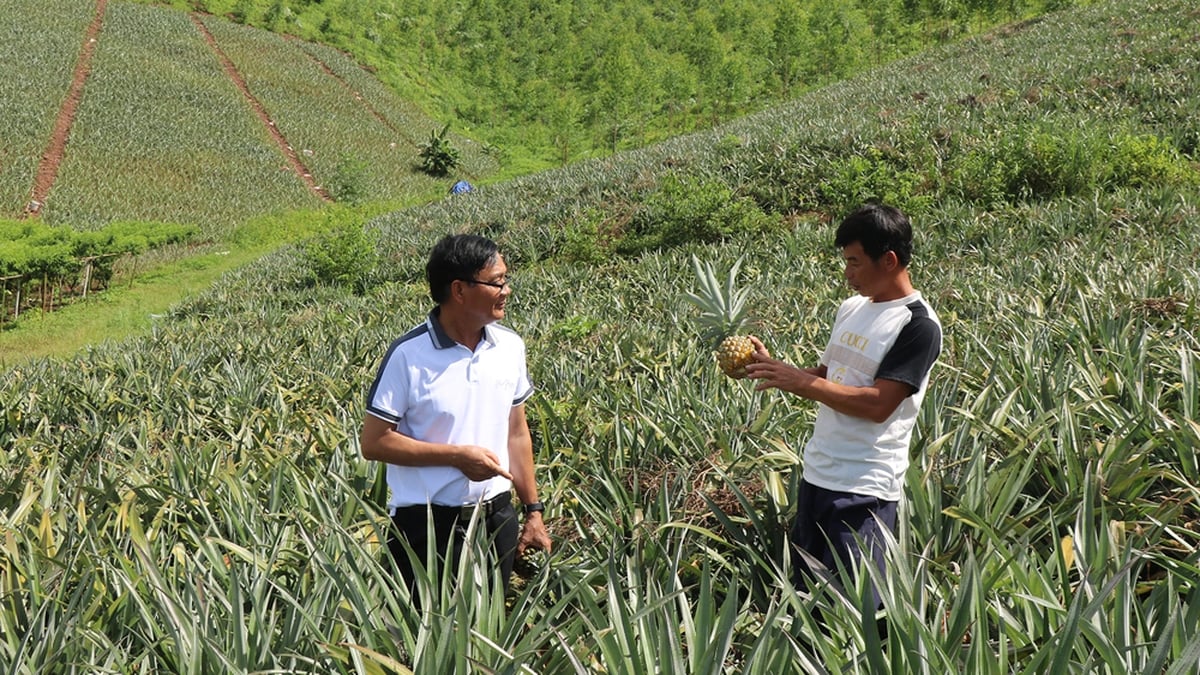



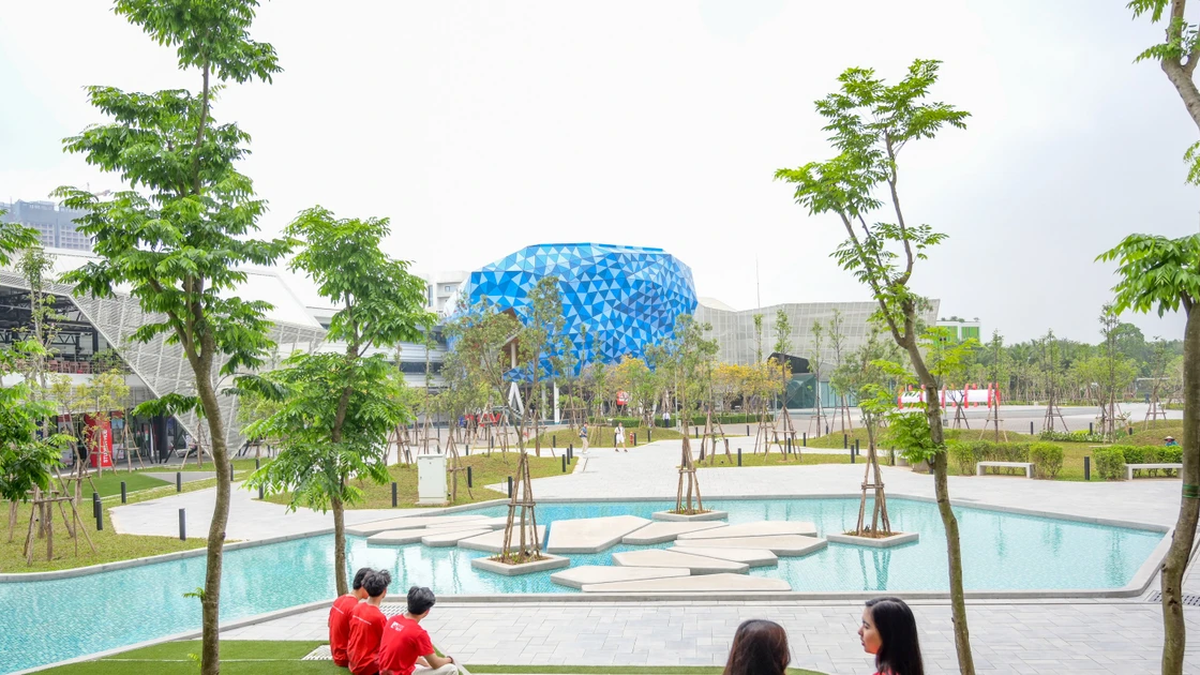
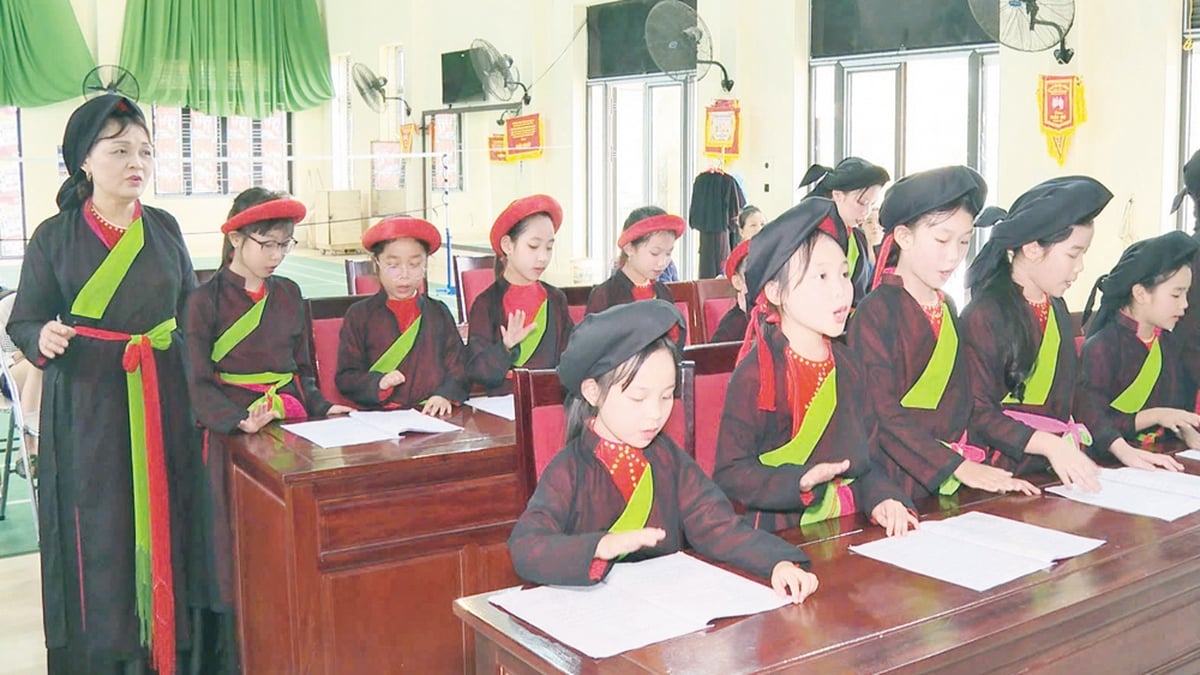


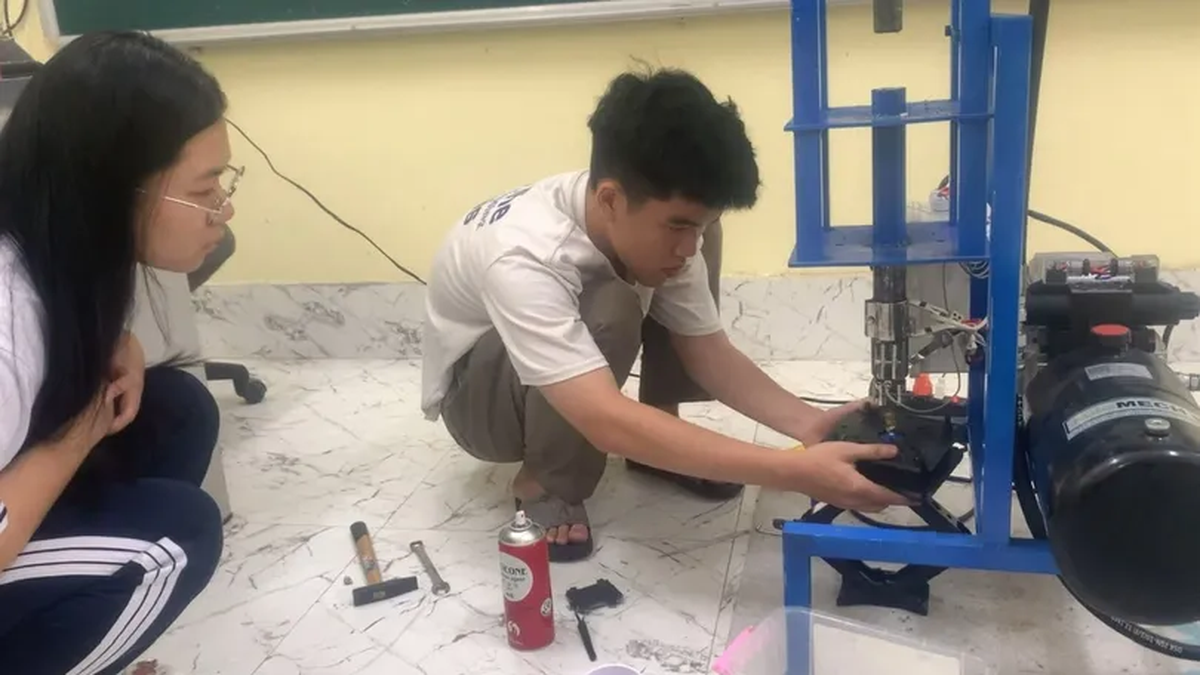























































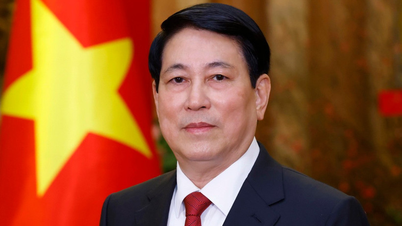

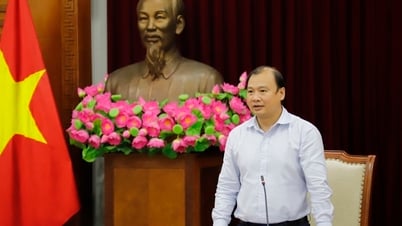

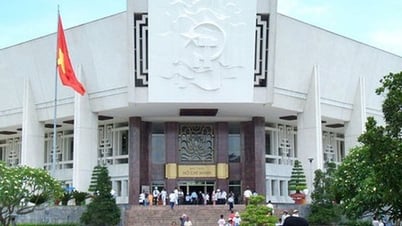




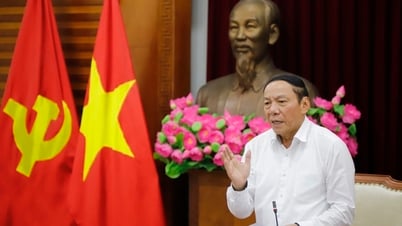























Comment (0)